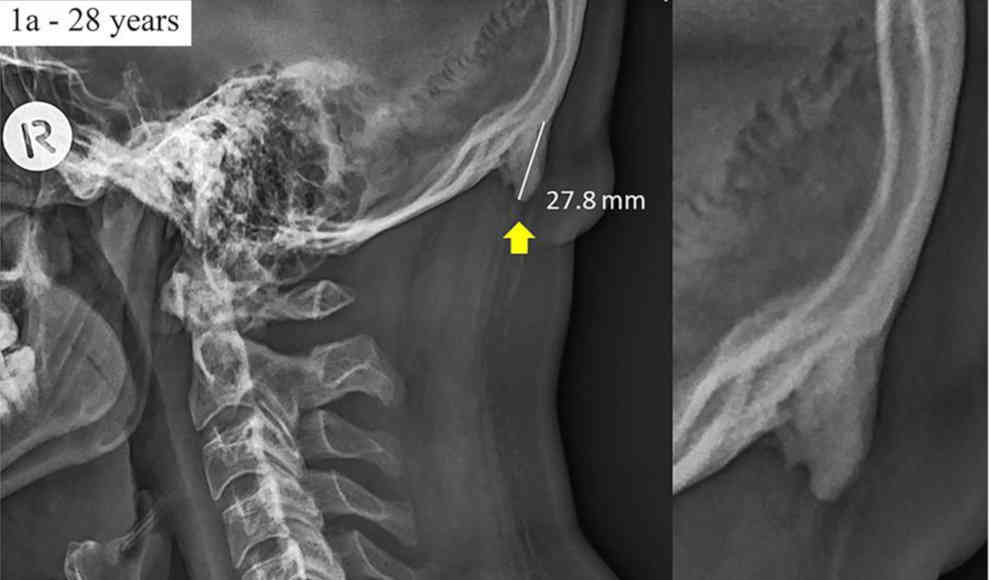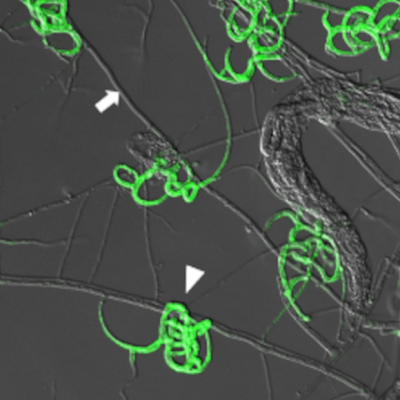A recent study conducted by the University of the Sunshine Coast in Australia has found that excessive use of smartphones can lead to the development of a bony horn up to three centimeters in size at the back of the head. This is caused by the strain on the support structure due to the bent head posture. The study, published in Scientific Reports and Clinical Biomechanics, analyzed 1,200 standardized X-rays and found that about one-third of the participants had changes in the bone directly at the junction of the skull and spine. In some cases, the horn-like protrusions reached sizes of up to three centimeters.
The researchers believe that the cause of this phenomenon is the lack of adaptation of the body to the partially bent head posture, which puts a significant strain on the muscles, tendons, and ligaments around the neck and head area. Compared to a completely upright posture, up to six times higher forces act on the body, which the body tries to compensate for by adapting the support structures. The authors of the study compare this process to the formation of calluses, which also occur in heavily stressed areas of the body. However, the researchers have ruled out radiation as a cause.
While changes in the skeleton usually occur in old age due to the progressive degeneration of bones, the discovery of the Australian scientists can be explained by the changed lifestyle and the often excessive use of smartphones and tablets, especially among young people. Although the researchers have not yet provided conclusive evidence to support their theory, further studies are expected to provide more evidence to support their claim.
To alleviate the strain on the support structure, the authors of the study recommend regularly straightening and stretching the head during long periods of smartphone use. However, Michael Nitabach, a physiologist at Yale University, disagrees with the study’s findings, calling the correlation between smartphone use and skull morphology “nonsense.” He also criticized the study for not examining the actual posture of the affected individuals during smartphone use. Regardless, individuals who want to check if they have already developed skeletal deformities can feel for a small protrusion at the back of their head at the junction of the skull and spine.










